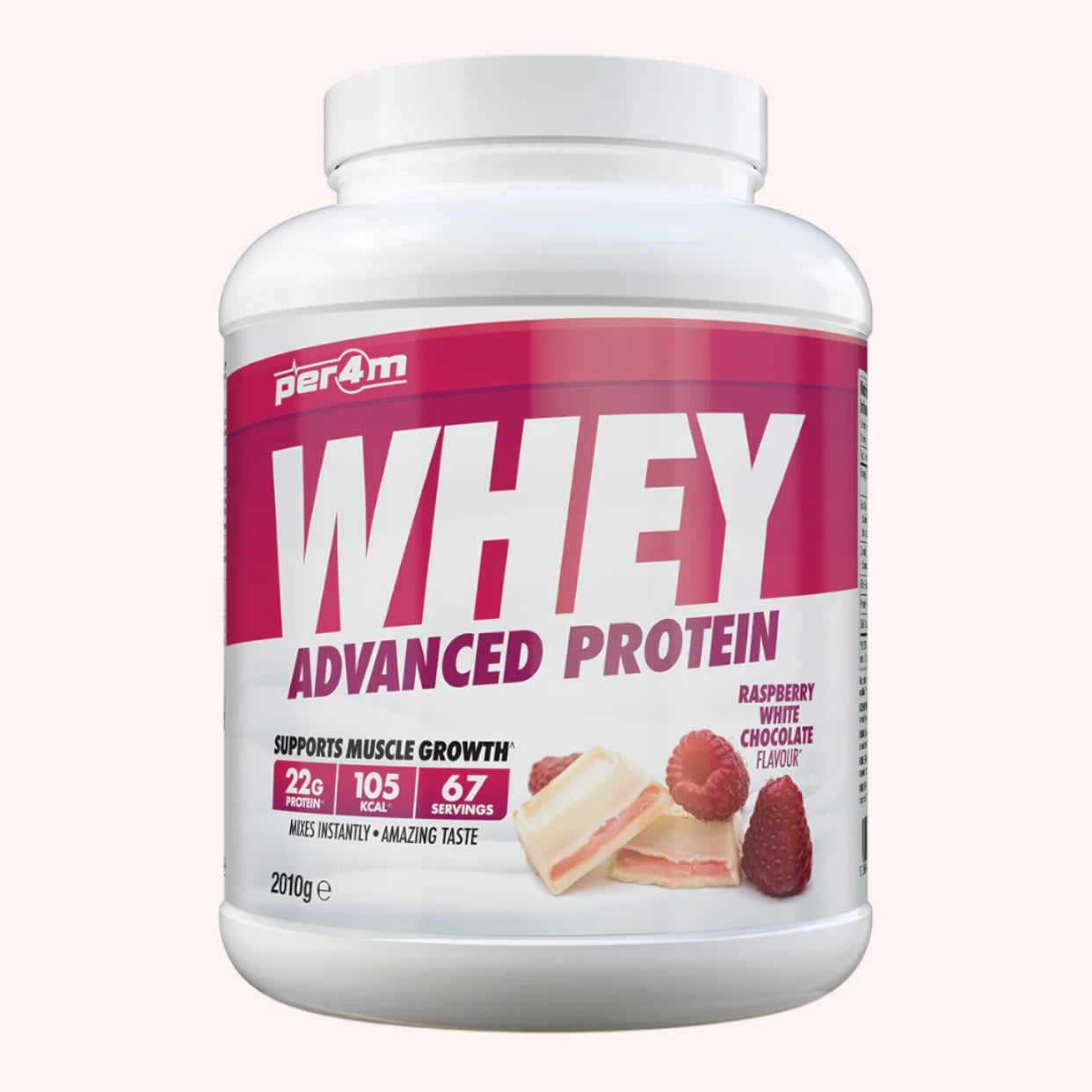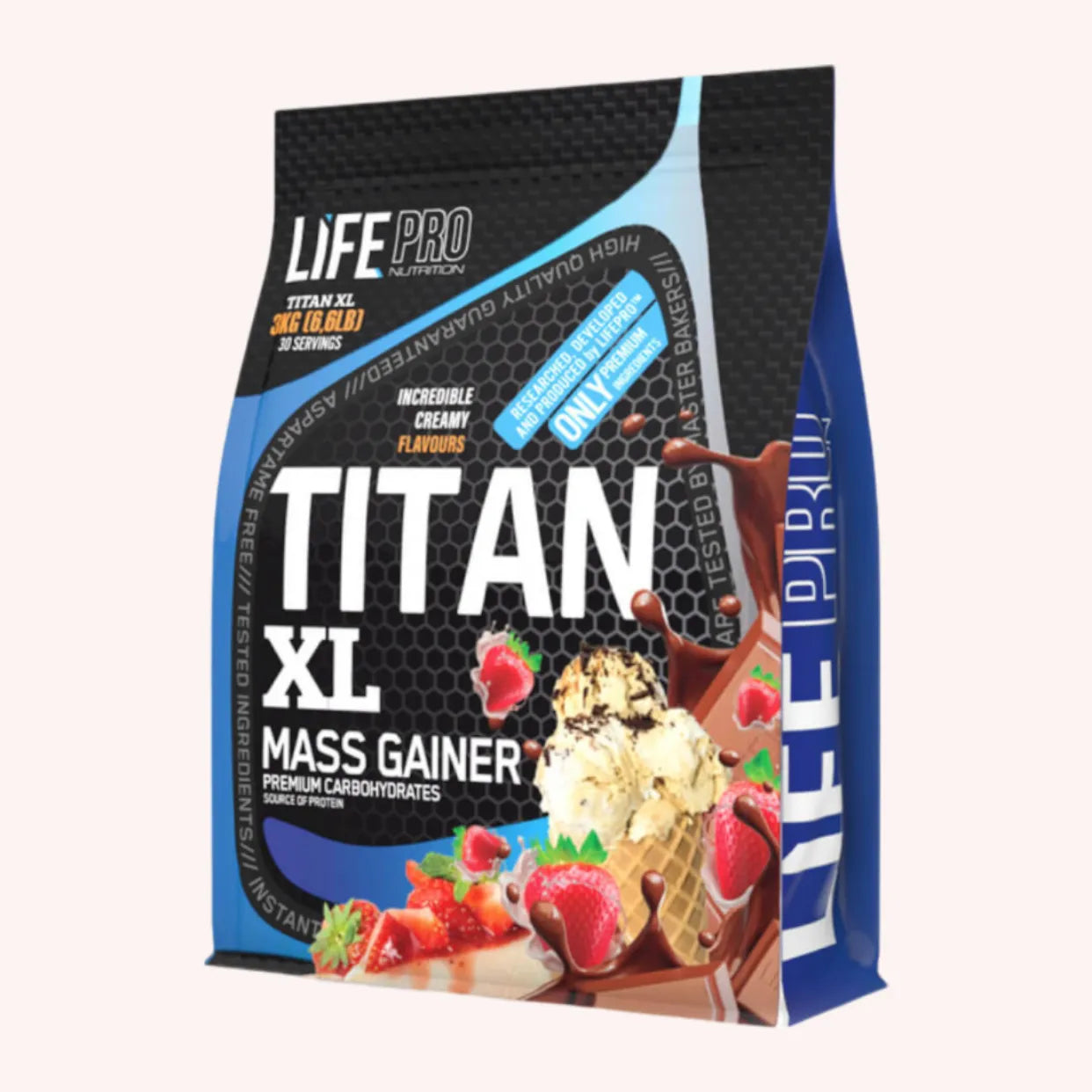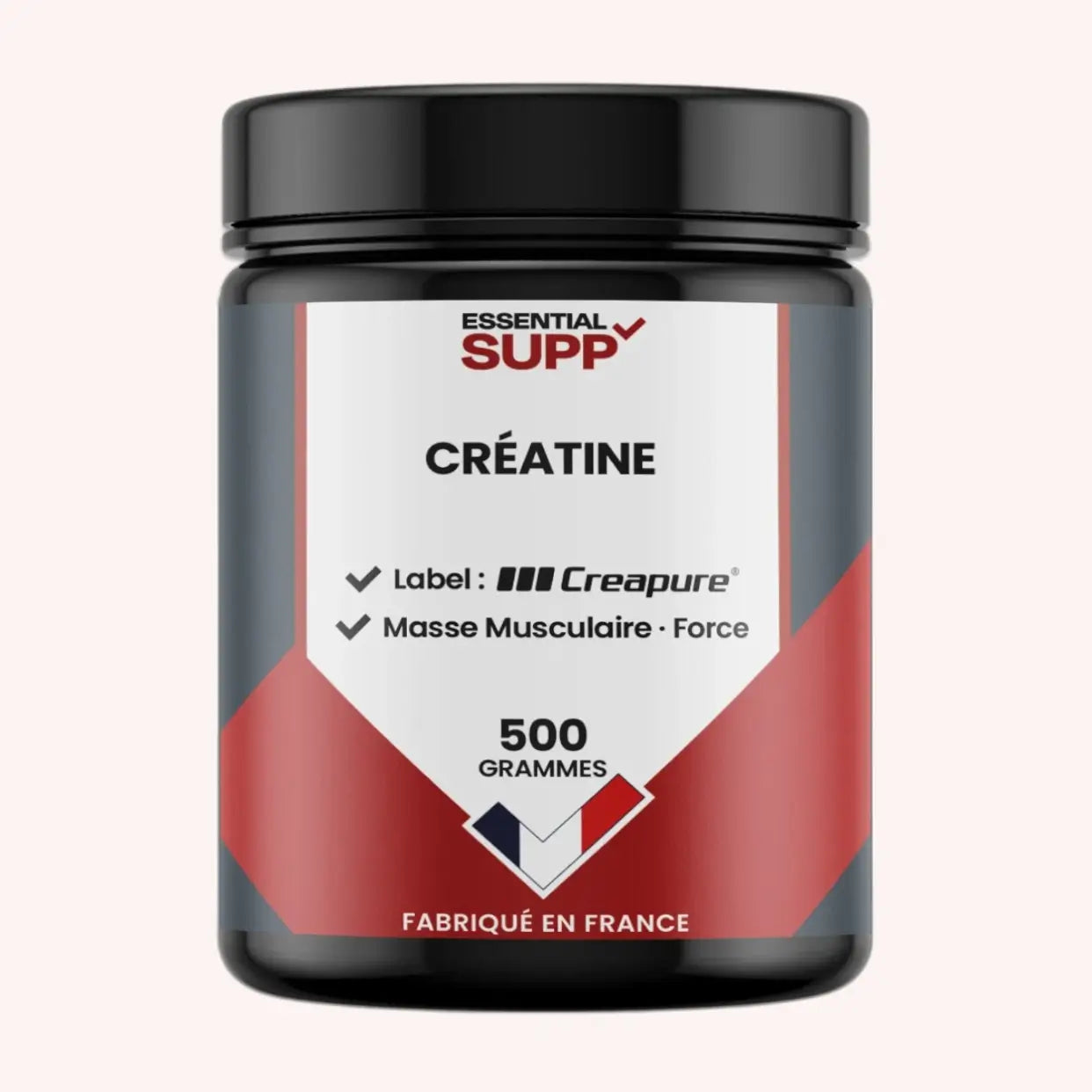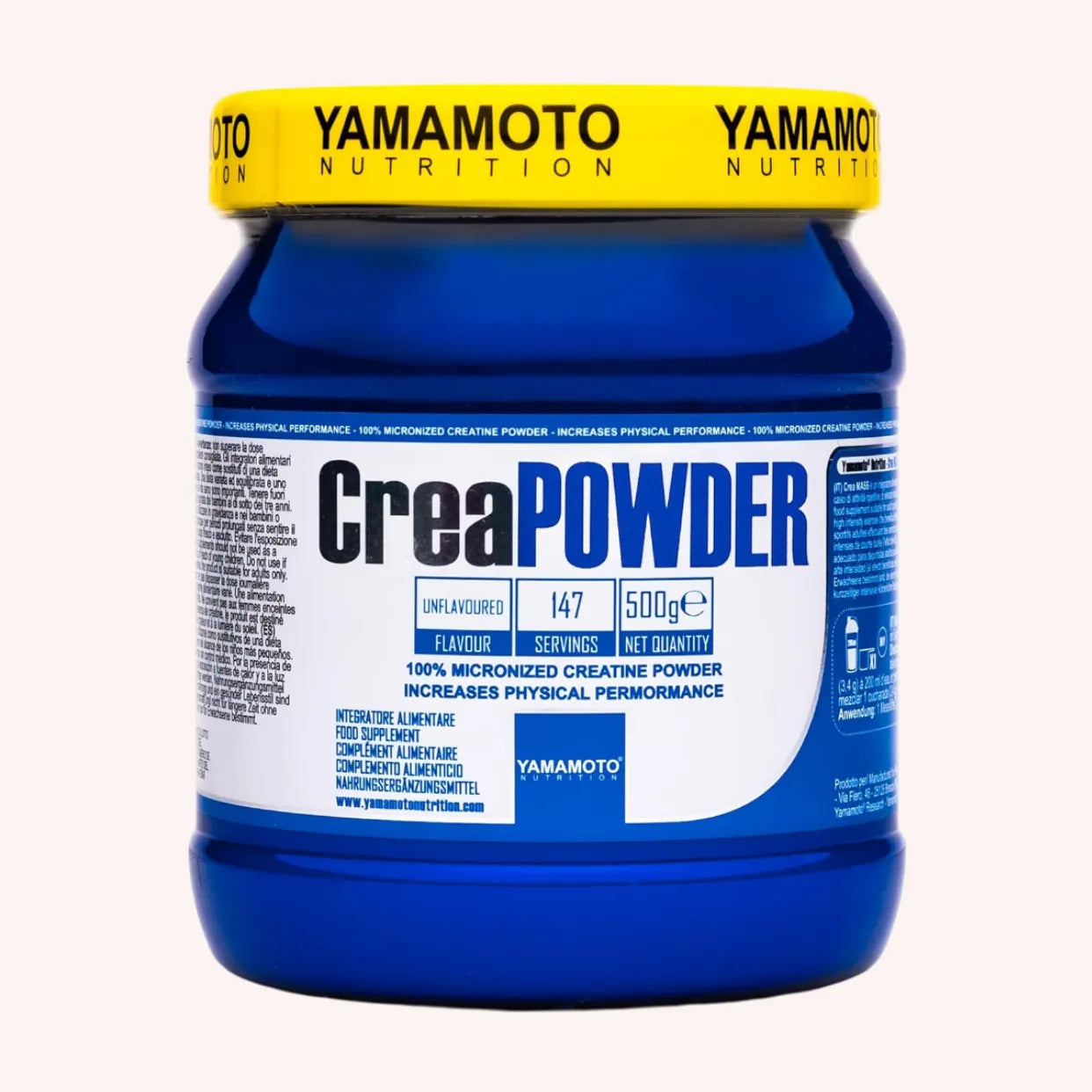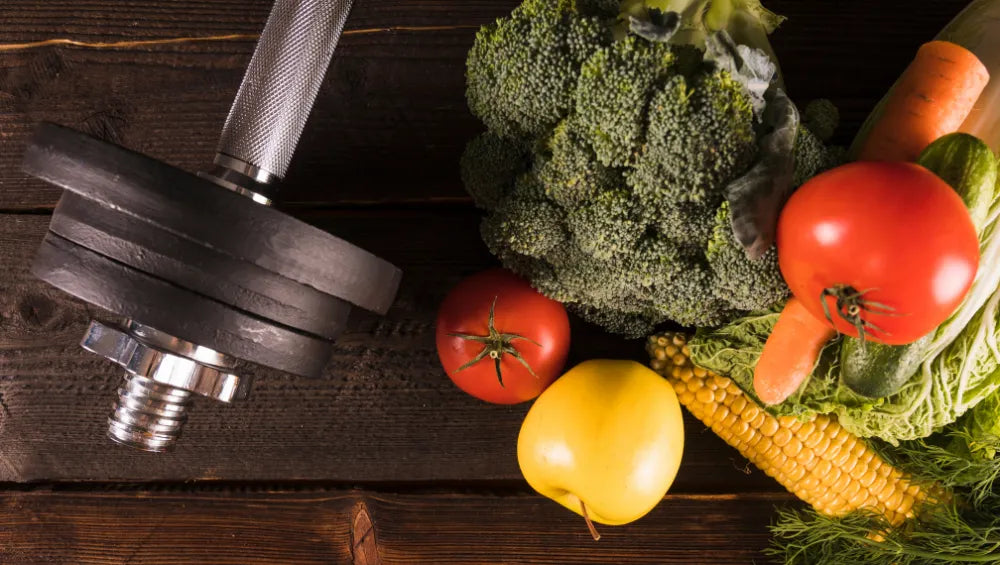Bulking is a training phase that aims to develop muscles by gradually increasing caloric intake , exercise intensity, and adjusting one's lifestyle to optimize muscle growth .
Designed for athletes looking to gain muscle mass, this method combines dietary adjustments and specific training to achieve a more massive and muscular physique. Let's discover the essential steps for successful mass gain .
What is mass gain?
Bulking involves increasing muscle volume by applying two fundamental principles: a controlled calorie surplus and an intensive training program. The goal is to provide the body with the necessary energy surplus to promote muscle development while maintaining moderate fat gain .
The bulking phase is particularly suited to individuals looking to increase their muscle mass, especially those who are naturally thin and have difficulty gaining weight. For these individuals, a well-managed calorie surplus , combined with high training intensity, helps maximize muscle gains.
How does mass gain work?
Effective lean mass gain relies on excess energy intake , meaning consuming more calories than the body expends on a daily basis. This involves a diet rich in protein for muscle building , carbohydrates for energy, and healthy fats for overall body function. Calorie distribution must be carefully adjusted to avoid excess fat while ensuring optimal recovery after training.
The training program is also a key element. It should include heavy, progressive strength training exercises focused on large muscle groups to stimulate muscle growth consistently and effectively.
What is dryness?
Cutting is a phase of fat mass reduction aimed at refining the physique and revealing the muscles gained during mass gain. The goal is to reduce fat while preserving the muscle mass gained, which requires a strict and controlled approach to diet and training.
How to successfully dry out without losing muscle?
When cutting, it's important to maintain a sufficient protein intake to prevent muscle breakdown, while slightly reducing carbohydrates and fats to induce fat loss. A well-executed cut requires a tailored training program that maintains strength training intensity to prevent muscle loss, while incorporating moderate cardio sessions to increase calorie expenditure.
The Basics of Nutrition for Mass Gain
Calculate your calorie needs
Before you start, you need to assess your daily energy needs. To achieve an optimal calorie surplus , you need to consume an average of 200 to 500 kcal more than your basal metabolic rate. This calculation takes into account several factors such as weight, age, and physical activity level. An adjusted calorie intake not only supports muscle mass gain but also energy levels for more effective workouts.
Macronutrient Distribution
For optimal mass gain, macronutrient distribution is essential to support training performance and promote recovery:
- Protein: 1.6 to 2.2 g per kg of body weight , to promote muscle building. Protein is the building block that builds and repairs muscles.
- Carbohydrates: About 4-6g per kg , with carbohydrates being the main source of energy for intense and long workouts.
- Lipids: 1 to 1.5 g per kg , prioritizing quality fats, essential for proper hormonal functioning and recovery.
Foods to favor
For quality sports nutrition , choose nutrient-dense foods that help you achieve a calorie surplus while providing essential macro and micronutrients:
- Protein: Opt for sources like chicken, eggs, fish, and plant-based proteins (tofu, lentils) for vegetarians.
- Complex Carbohydrates: Choose slow-digesting carbohydrates like brown rice, sweet potatoes, oatmeal, and quinoa, which provide sustained energy.
- Fats: Choose healthy fats from avocado, vegetable oils, and nuts like almonds and walnuts.
Hydration
Hydration is an often underestimated but essential aspect for muscle performance and recovery. It is recommended to consume between 2 and 3 liters of water per day to ensure the metabolic processes necessary for muscle gain and limit muscle fatigue.
Breakfast for mass gain
Breakfast for bulking is a fundamental meal, breaking the overnight fast and providing the first nutrients needed to start the day well. A good breakfast for bulking may include:
- A source of protein such as eggs, Greek yogurt, or a protein shake.
- Complex carbohydrates like oatmeal, supplemented with fruit for an extra boost of fiber and vitamins.
- Healthy fats , for example almonds, walnuts or avocado.
An example of an effective breakfast might be a bowl of oats with milk, berries, a little honey, and a handful of nuts, accompanied by scrambled eggs or a protein shake. This provides a balance of protein, carbohydrates, and fats, ideal for complete nutrition and suitable for gaining mass.
Training adapted to mass gain
Choose a structured training program
For optimal muscle mass gain, it is essential to follow a program based on multi-joint exercises. These exercises, such as the squat , deadlift , bench press and row , work several muscle groups at the same time, promoting harmonious and complete body growth.
Load progression and intensity
Gaining mass relies on progressive overload, which is the steady increase in weight or repetitions to constantly challenge muscles and prevent stagnation. A structured program might include:
- Distribution of sets and repetitions: 8 to 12 repetitions per set, 3 to 5 sets per exercise to maximize muscle stimulation.
- Rest between sets: 1 minute 30 to 2 minutes to allow for partial recovery while maintaining an effective intensity for muscle growth.
Cardio and muscle gain
Contrary to popular belief, cardio can be incorporated into a muscle-building program in moderation. Light sessions of brisk walking or cycling, 1 to 2 times per week, can improve recovery and cardiovascular capacity without interfering with muscle development .
Gain muscle without bulking up
It is possible to gain muscle without bulking up and aim to increase your overall weight. This type of training, often sought by those who want a more toned physique without gaining muscle mass when they are lean , is based on higher repetitions, strict control of sports nutrition and limiting excess calories.
For training without excessive mass gain:
- Favor multi-joint exercises (as for classic mass gain) but increase the number of repetitions (15 to 20 per set) for work more focused on muscular endurance.
- Intensify your workouts: Use techniques like supersets or circuits to maximize calorie burn while working your muscles optimally.
- Monitor your diet: Avoid excessive calorie excess and maintain a high protein intake to support recovery without promoting unwanted weight gain . The goal here is to optimize intake to allow muscle recovery without the accumulation of fat mass .
This type of approach, focused on bodybuilding without bulking up , is ideal for people who want a defined and muscular physique without trying to add volume.
Supplements: Support for mass gain
Nutritional supplements should not replace a balanced diet, but they can greatly facilitate mass gain by providing specific nutrients tailored to the needs of those aiming for muscle gain.
Whey protein
Whey protein is one of the most popular supplements for reaching the recommended protein intake, essential for muscle building . Whey is particularly useful post-workout, as it is quickly assimilated by the body, promoting rapid recovery and efficient repair of muscle fibers used during exercise. It is an excellent option for supplementing protein intake without having to consume large quantities of food.
Creatine
Creatine is a widely recognized supplement for improving physical performance, especially during high-intensity exercise. It promotes muscle hypertrophy by increasing the production of ATP (adenosine triphosphate), the primary energy source for muscles. By promoting better endurance and increased strength, creatine helps intensify workouts , thus promoting muscle mass gain.
Gainers
Gainers are blends of protein and carbohydrates, specifically designed for those struggling to achieve a sufficient calorie surplus through diet alone. A gainer is a convenient solution for increasing your calorie intake and providing the body with the nutrients needed to build muscle. Adding extra calories in the form of gainers makes it easier to gain mass without overindulging in large meals.
Protein powders
Besides whey, there are different forms of protein powder ( casein , plant-based protein ) that can be used to supplement a protein-rich diet. These protein powders offer ideal flexibility for those who want to vary their protein sources. For example, casein is absorbed more slowly, making it an excellent choice before bed to maintain a release of amino acids throughout the night, while plant-based proteins are ideal for vegetarians and vegans.
Recovery: An essential pillar
Recovery is often underestimated, but it plays a central role in gaining muscle mass. This process goes far beyond simple post-workout rest: it encompasses essential elements such as sleep, stress management, stretching, and even progress tracking. Recovery allows the body to repair, strengthen, and be ready to take on new loads and intensities in future sessions.
Sleep
Sleep is the body's time to regenerate, and this regeneration is essential for muscle growth . During deep sleep, the body releases growth hormones, which help repair damaged muscle fibers and build new muscle tissue. Getting 7 to 8 hours of sleep each night is essential to maximize gains. A lack of sleep can impair recovery, decrease performance, and slow progression.
Stretching and relaxation
Stretching is an integral part of active recovery. By improving flexibility and joint mobility, it helps prevent injuries and facilitate a better range of motion during exercise. Stretching after each session helps reduce accumulated muscle tension. Additionally, activities like yoga or meditation can help loosen muscles, promote relaxation, and reduce stress, which is an enemy of recovery. Proper stress management also helps optimize hormone levels and improve athletic performance.
Active recovery
Active recovery includes light activities, such as walking, low-intensity cycling, or swimming. These exercises promote increased blood flow to the muscles, helping to more quickly remove metabolic waste like lactic acid and reduce muscle soreness. Active recovery can be done on a rest day to relieve tension while remaining active.
Progress tracking
Keeping a training and nutrition journal is an effective way to track your progress. By regularly recording body measurements (weight, arm circumference, chest circumference, waist circumference), as well as the weights lifted, you can see if your training program and diet are aligned with your goals. Tracking helps you identify areas for improvement and make adjustments accordingly, whether that means increasing training intensity, reviewing your nutrition, or allowing more time for rest.
Taking the time to rest and monitor your progress is essential for successful mass gain , as these elements allow you to maximize each session and ensure continued progress.
Bulking is a complex process that requires a balance of nutrition, training, and recovery. By adopting a gradual approach, increasing your calorie intake, and following an intense training program, it's possible to achieve your bulking goals while minimizing fat gain.
Sources:
- Metabolic Determinants of Weight Gain in Humans Piaggi P. Obesity (Silver Spring) . 2019 May;27(5):691-699. doi:10.1002/oby.22456. PMID: 31012296 This review explores the factors contributing to weight gain, highlighting the metabolic predictors in human body energetics. : https://pubmed.ncbi.nlm.nih.gov/31012296/
- Update on Weight-Gain Caused by Antipsychotics: A Systematic Review and Meta-Analysis Barton BB, Segger F, Fischer K, Obermeier M, Musil R. Expert Opin Drug Saf . 2020 Mar;19(3):295-314. doi:10.1080/14740338.2020.1713091. PMID: 31952459 This study reviews the side effects of weight gain associated with antipsychotics, evaluating both first and second-generation drugs. : https://pubmed.ncbi.nlm.nih.gov/31952459/
- Weight Gain and Blood Pressure Sundström J, Lind L, Lampa E, et al. J Hypertens . 2020 Mar;38(3):387-394. doi: 10.1097/HJH.0000000000002298. PMID: 31764589 The research links weight gain from early adulthood to higher mid-life blood pressure, emphasizing cardiovascular implications. : https://pubmed.ncbi.nlm.nih.gov/31764589/
- Non-Nutritive Sweeteners: Weight Loss or Weight Gain? Khalil S, Haikal Y, Aoun A. Endocr Metab Immune Disord Drug Targets . 2024;24(7):749-757. doi:10.2174/0118715303245646230926054352. PMID: 37817660 This review discusses the effects of non-nutritive sweeteners on weight control, highlighting the inconclusive evidence on long-term weight impacts in humans. : https://pubmed.ncbi.nlm.nih.gov/37817660/






